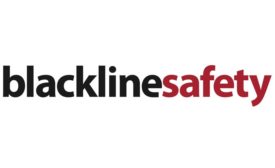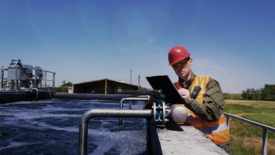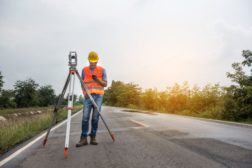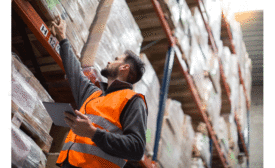Home » wearables
Articles Tagged with ''wearables''
Automation driving efficiencies in the oil and gas sector
Learn how organizations can increase throughput, make assets more reliable and improve upon safety practices
March 3, 2022
Never miss the latest news and trends driving the safety industry
eNewsletter | Website | eMagazine
JOIN TODAYCopyright ©2024. All Rights Reserved BNP Media.
Design, CMS, Hosting & Web Development :: ePublishing











